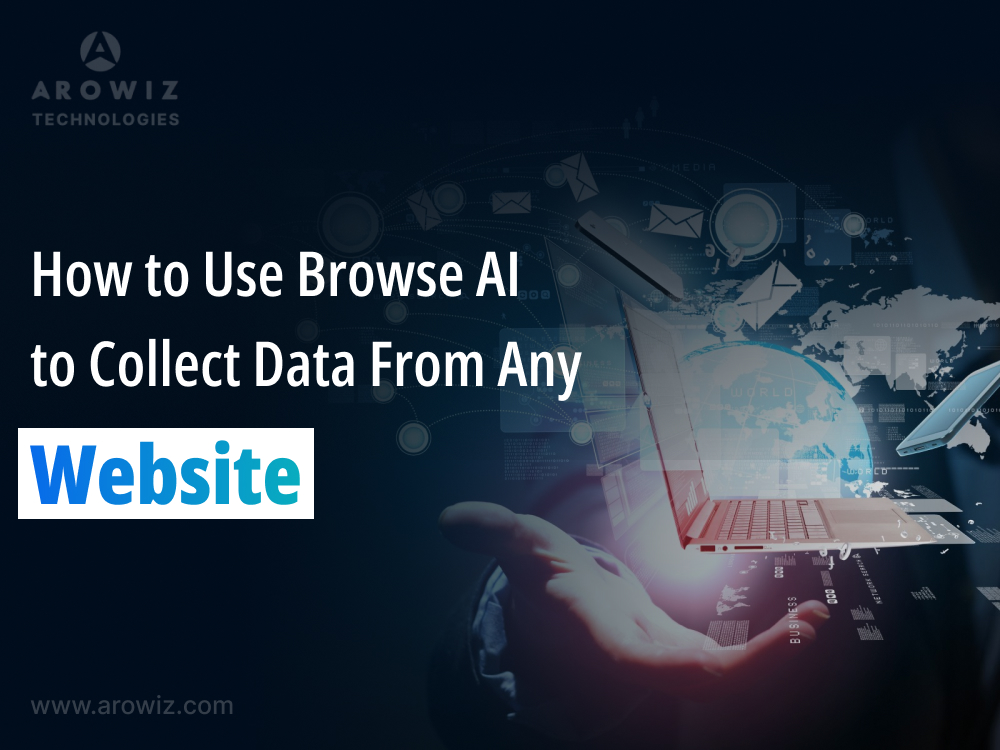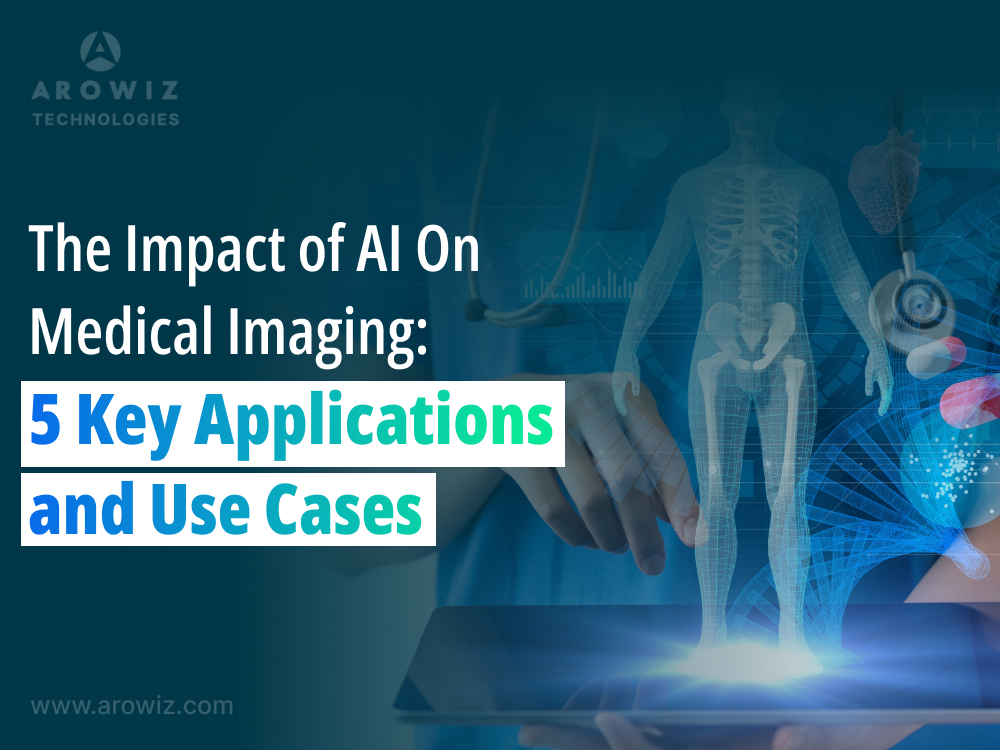When you think of AI agents, do you imagine a personal AI assistant like Tony Stark’s Jarvis? Perhaps a calm-under-pressure…
AI Agents Explained: A Complete Guide
admin
- June 19, 2024
9 min read

When you think of AI agents, do you imagine a personal AI assistant like Tony Stark’s Jarvis? Perhaps a calm-under-pressure TARS from Interstellar? Or, more on the scary spectrum, an amoral HAL 9000 straight out of 2001: A Space Odyssey?
Don’t worry—current technology doesn’t come close to that kind of science fiction. Not yet, at least. Right now, AI agents leverage large language models like GPT to understand goals, generate tasks, and complete them. You can use them to automate work and outsource complex cognitive tasks, creating a team of robotic coworkers to support your human ones—11 a.m. chat by the watercooler optional.
Teaching AI Bots to Work Across Your Favorite Apps
This field is evolving faster, especially on the software side, with new AI models and agent frameworks becoming more reliable. Even no-code platforms are becoming more powerful, making this a great time to get your feet wet and run some experiments.
Supercharge your startup with our FREE MVP Guide E-Book
Download it now to kickstart your growth and turn your ideas into reality.
Table of Contents
- What Are AI Agents?
- Components of AI Agent Systems
- Types of AI Agents
- How Do AI Agents Work?
- AI Agents Examples
- AI Agents You Can Try Right Now
- Build Your Own AI Agent
- AI Agents FAQ
What Are AI Agents?
An AI agent is an entity that can act autonomously in an environment. It can take information from its surroundings, make decisions based on that data, and act to transform those circumstances—physical, digital, or mixed. More advanced systems can learn and update their behavior over time, constantly trying out new solutions to a problem until they achieve the goal.
Some agents can be seen in the real world as robots, automated drones, or self-driving cars. Others are purely software-based, running inside computers to complete tasks. The actual aspect, components, and interface of each AI agent vary widely depending on the task it’s meant to work on.
And unlike with a chatbot like ChatGPT, you don’t need to constantly send prompts with new instructions. AI agents will run once you give them an objective or a stimulus to trigger their behavior. Depending on the complexity of the agent system, it will use its processors to consider the problem, understand the best way to solve it, and then take action to close the gap to the goal. While you may define rules to have it gather your feedback and additional instructions at certain points, it can work by itself.
More flexible and versatile than traditional computer programs, AI agents can understand and interact with their circumstances: they don’t need to rely on fixed programmed rules to make decisions. This makes them great for complex and unpredictable tasks. And even though they don’t have complete accuracy, they can detect their mistakes and figure out ways to solve them as they move forward.
Components of an AI Agent System
AI agents have different components that make up their body or software, each with its own capabilities:
- Sensors: These let the agent sense its surroundings to gather percepts (inputs from the world: images, sounds, radio frequencies, etc.). These sensors can be cameras, microphones, or antennae, among other things. For software agents, it could be a web search function or a tool to read PDF files.
- Actuators: These help the agent act in the world. These can be wheels, robotic arms, or a tool to create files in a computer.
- Processors, Control Systems, and Decision-Making Mechanisms: These compose the “brain” of the agent. They process information from the sensors, brainstorm the best course of action, and issue commands to the actuators.
- Learning and Knowledge Base Systems: These store data that help the AI agent complete tasks; for example, a database of facts or past percepts, difficulties encountered, and solutions found.
Since the form of an AI agent depends so much on the tasks it carries out, you may find that some AI agents have all these components and others don’t. For example, a smart thermostat may lack learning components, only having basic sensors, actuators, and a simple control system. A self-driving car has everything on this list: it needs sensors to see the road, actuators to move around, decision-making to change lanes, and a learning system to remember how to navigate challenging parts of a city.
Types of AI Agents
Based on their components, complexity, and real-world applications, here are the most common types of AI agents:
- Simple-Reflex Agents: These look for a stimulus in one or a small collection of sensors. Once that signal is detected, they interpret it, run a decision, and produce an action or an output. You can find these in simple digital thermostats or the smart vacuum cleaner currently freaking out your dog.
- Model-Based Reflex Agents: These keep an active internal state, gathering information about how the world works and how their actions affect it. This helps improve decision-making over time. You’ll find them forecasting inventory needs at a warehouse or in the self-driving car now parking in front of your living room window.
- Goal-Based Agents: These create a strategy to solve a particular problem. They generate a task list, take steps to solve it, and understand whether those actions are moving them closer to the goal. You can find these agents defeating human chess masters and in AI agent apps.
- Utility-Based Agents: These agents brainstorm the outcomes of decisions in circumstances with many viable courses of action. It runs each possibility and scores it based on its utility function: Is the best option the cheapest? The fastest? The most efficient? Super useful to help identify the ideal choice—and perhaps tackle bouts of human analysis paralysis. You can see them optimizing traffic in your city or recommending the best shows you should watch on TV.
- Learning Agents: As the name implies, these agents learn from their surroundings and behavior. They use a problem generator to create tests to explore the world and a performance element to make decisions and take action based on what they learned so far. On top of that, they have an internal critic to compare the actions taken versus the impact seen in the world. These agents are preventing spam from landing in your inbox.
And if you have a really, really complex task to complete, you can combine these into multi-agent systems. You can have an AI agent as the control system, generating a list of tasks and delegating them to other specialized AI agents. As they complete these tasks, the output is stored and analyzed by an internal critic, and the whole system will keep iterating until it finds a solution.
How Does an AI Agent Work?
In a nutshell, an AI agent uses its sensors to gather data, control systems to think through hypotheses and solutions, actuators to carry out actions in the real world, and a learning system to keep track of its progress and learn from mistakes.
But what does this look like step-by-step? Let’s drill down on how a goal-based AI agent works, since it’s likely you’ll build or use one of these in the future.
When you input your objective, the AI agent goes through goal initialization. It passes your prompt to the core LLM (like GPT) and returns the first output of its internal monologue, displaying that it understands what it needs to do.
The next step is creating a task list. Based on the goal, it’ll generate a set of tasks and understand in which order it should complete them. Once it decides it has a viable plan, it’ll start searching for information.
Since the agent can use a computer the same way you do, it can gather information from the internet. Some agents can connect to other AI models or agents to outsource tasks and decisions, letting them access image generation, geographical data processing, or computer vision features.
All data is stored and managed by the agent in its learning/knowledge base system, so it can relay it back to you and improve its strategy as it moves forward.
As tasks are crossed off the list, the agent assesses how far it still is from the goal by gathering feedback, both from external sources and from its internal monologue.
Until the goal is met, the agent will keep iterating, creating more tasks, gathering more information and feedback, and moving forward without pause.
AI Agents Examples: What Do They Look Like in Action?
Here are three examples of actual AI agents:
- Devin, the First AI Software Engineer Armed with its shell to write commands, a code editor, and a browser, you can share what you want to create or what you’d like to update in your current project. Devin drafts an action plan to understand what it needs to do, makes sure it has all the resources to do it, and starts writing the code before your eyes.
- A Virtual Town with 25 AI Agents Stanford University and Google used OpenAI’s API to create virtual inhabitants and observe how they’d lead their lives. The team created a platform for storing memories and the base prompt that gives purpose to each agent. From that point on, the AI agents shared information with one another, remembered details about their relationships, and could even plan a Valentine’s Day party.
- Waymo, Self-Driving Cars These cars are driving and learning on the streets of Phoenix, San Francisco, and Los Angeles. They can navigate from point A to B autonomously. With a range of sensors and learning systems, they detect the road, other cars, and people to reach their destination as safely as possible.
The Best AI Agents You Can Try Right Now
To show you this isn’t a dream I had last night, I put together a short list of apps you can try out. These are all in very early development stages, so expect bugs and long-ish wait times along the way. Still, I’m sure you’ll be able to feel the potential here.
OpenAI’s AutoGPT
With an open-source agent framework available on GitHub, you can create an AI agent to complete a wide variety of tasks. It can brainstorm solutions and break down objectives into smaller goals, just like the human brain. It still has its shortcomings, like prompt loops, but it’s always improving.
AgentGPT
An easy-to-use agent based on GPT-4’s architecture, this tool runs in your browser and lets you delegate tasks like project planning, copywriting, or market research. It’s similar to Devin, the AI Software Engineer, but with a more general skill set.
Adept’s ACT-1
One of the most innovative tools I’ve seen, this is an agent for enterprise applications. Adept integrates into popular business software, understanding tasks and actions taken by the user, and helping them automate and complete those actions without the need for new code or complicated workflows.
Building Your Own AI Agent: Getting Started
There are many ways to build AI agents. You can use an open-source library to take care of the basics, then customize the agent according to your needs. You can also explore new, flexible AI models to include specialized systems.
Here are some suggestions to help you get started:
- Use AI Agent Apps: These apps let you try out pre-built AI agents. Tools like AutoGPT, AgentGPT, and Adept’s ACT-1 all give you powerful and flexible agents to brainstorm solutions to complex tasks. Test them out, try to break them, and learn from their behavior.
- Explore Open-Source AI Agent Libraries: GitHub has many AI agent frameworks you can play around with. These take care of many heavy-duty aspects of AI agent systems, like connecting to AI models, gathering percepts, and acting on decisions.
- Follow Tutorials and Documentation: If you’re coding-savvy, this is a great way to get some hands-on practice while learning about the possibilities and limitations of AI agent systems. Many libraries offer step-by-step instructions to help you build your first AI agent.
- Get Help from the AI Community: If you’re serious about AI agents, reach out to the AI community to ask for advice, tips, and best practices. Attend AI meetups and conferences, ask for feedback, and brainstorm ideas.
Supercharge your startup with our FREE MVP Guide E-Book
Download it now to kickstart your growth and turn your ideas into reality.
AI Agents FAQ
What are AI agents used for?
You can use AI agents to automate tasks, control robots, optimize logistics, conduct research, and much more. Their versatility makes them great for repetitive tasks, dangerous environments, and complex problem-solving.
What’s the best AI agent?
The answer depends on your goals. General-purpose agents like AutoGPT and AgentGPT are great for exploring different possibilities, while specialized agents like Adept’s ACT-1 are better for specific tasks.
Can I build an AI agent without coding?
Yes, you can! No-code platforms let you create and customize AI agents without writing a single line of code. However, if you want more flexibility and control, learning to code will help you get the most out of your AI agent system.
What’s the difference between AI agents and chatbots?
Chatbots respond to user prompts in real-time, while AI agents can act autonomously, set their own goals, and adapt their behavior over time.
Can AI agents learn from their mistakes?
Yes, some AI agents have learning systems that help them understand the impact of their actions and improve their behavior over time.
Are AI agents safe?
Safety is a top concern in AI research. AI agents are designed with safeguards to minimize risks and ensure they act ethically. However, as with any technology, they can have unintended consequences, so it’s important to use them responsibly.
How can I get started with AI agents?
Try out AI agent apps, explore open-source libraries, follow tutorials, and join the AI community to learn from others. Start small, experiment, and build on your knowledge as you gain more experience.
By understanding the fundamentals of AI agents and trying out existing tools, you’ll be well on your way to leveraging this powerful technology to solve real-world problems and enhance your productivity.
Tags
- AgentsaiGuide
Our New Letter
Get productivity tips delivered straight to your inbox
Ready for more?

Arowiz Technologies is a Central India-based customer Centric software development & Expert IT Staff Augmentation company ...
FOR JOBS
hr@arowiz.comFOR SALES
sales@arowiz.comMARKETING / BLOGS
info@arowiz.comGET CONNECTED
Top Industry
About Us
Top Services
Hire Expert Developers
- AI / ML Developers
- Blockchain Developers
- DevOps Developers
- Web3 / Gaming Developers
- Full Stack Developers
- AR / VR – Meta Developers
- Python Developers
- Solidity Developers
- Node.js Developers
- ReatJs Developers
- Next.Js Developers
- Flutter Developers
- React Native Developers
- Golang Developers
- Mobile App Developers








